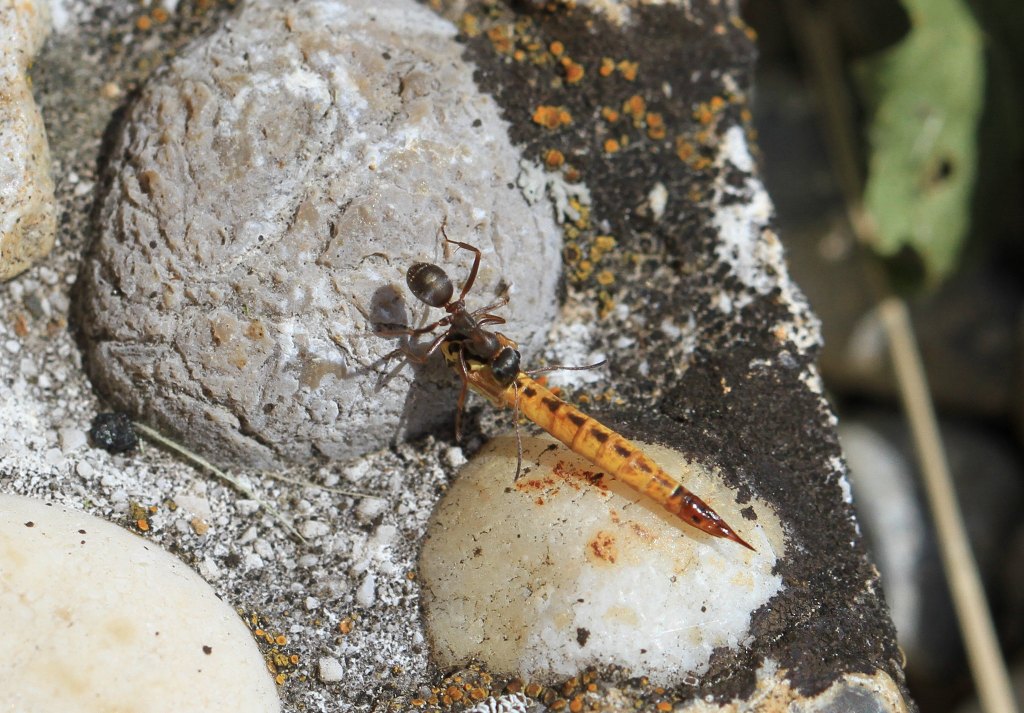
Ants are amazingly strong for their size, able to lift objects 5,000 times their own body weight and carry them back to the nest. If an object is too big to lift, the ant drags it all the way home.
We’re often so mesmerized by the ant’s struggle that we forget she has an additional challenge. She has to navigate while walking backward. Ethologists at Paul Sabatier University wondered how ants do this so they baked some cookies and ran some tests.
Using a nest of Spanish desert ants (Cataglyphis velox) the scientists laid out large cookie pieces for the ants to find. Without disturbing the ants’ paths scientists noted how often they turned around to check their bearings. They also “airlifted” some ants away from the nest (no path to remember) and messed up the scenery for others so the path would look different.
To give you an idea how hard this is, imagine walking backward without the help of handheld Google/Apple maps. How often would you turn around to check where you were going? And what would you do if an enormous hand rearranged the scenery and nothing looked the same?
Some of the confused ants never made it, but those who knew their path walked 6 meters without peeking. This is equivalent to a human walking backward without peeking for the length of two football fields.
Perhaps it helps that ants can see nearly 360 degrees around their heads. Despite all the challenges they still get home.
Read more in Science Magazine.
p.s. Desert ants don’t use pheromone trails to navigate. Instead they use many other tools including sight, body memory, the Earth’s magnetic field and the scents of other things.
(photo by adrianalexalexander via Flickr, Creative Commons license. Video from Wikimedia Commons; click on the captions to see the originals)